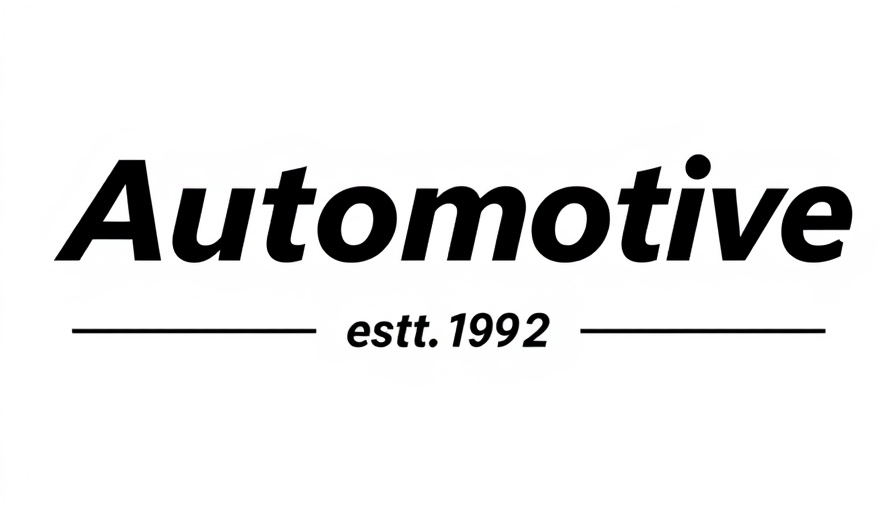
Light-Vehicle Sales Surge Amid Tariff Concerns
The automotive market is witnessing intriguing developments as new light-vehicle sales have soared past 17 million units for the second consecutive month. According to data from NADA and Ward’s Intelligence, the seasonally adjusted annual rate (SAAR) has reached an impressive 17.3 million units in April 2025, marking a significant 7.7 percent increase from the previous year. The surge is primarily driven by consumer behavior influenced by impending tariffs, compelling buyers to make purchases sooner than planned to avoid future costs.
How Tariffs Shape Consumer Behavior
In a landscape fraught with uncertainty due to tariffs, consumer strategy has adjusted dramatically. In April, many buyers opted to accelerate their vehicle purchases, resulting in significant sales figures. Ward’s Intelligence reported that without the pressure of tariffs, sales would have hovered around 16 million units - highlighting the distinct impact that market conditions have on purchasing decisions. As consumers rush to secure vehicles ahead of potential price hikes, dealers are reaping the benefits in the short term.
Inventory Shortages: A New Challenge for Dealerships
April 2025 also marked a pivotal shift in vehicle inventory levels, as dealerships reported the first decline in new light-vehicle inventory in three years. Available units totaled 2.62 million—a drop of 4.1 percent year-over-year. The combination of soaring sales and some manufacturers halting shipments has exacerbated inventory challenges, leaving dealerships with fewer vehicles to sell. As the market grapples with tight supply, dealerships are preparing for the possibility of even lower inventory levels moving into the summer months.
Market Trends Across Automotive Segments
While the overall SAAR is strong, the performance of individual market segments varied, indicating a complex landscape. For instance, car sales saw a notable decrease of 4.9 percent year-over-year, with total sales hitting only 2.9 million. Conversely, crossover and SUV segments are experiencing double-digit growth rates, reflecting a shifting consumer preference away from traditional sedans. Dealers must be agile and responsive to these trends to capitalize on the changing dynamics in consumer preferences.
Future Outlook for Vehicle Sales
Looking ahead, the automotive industry remains in flux as it grapples with ongoing production declines; North American light-vehicle production fell to 3.86 million units in April—a significant 5.9 percent decrease year-over-year. This decline, if persistent, could severely affect dealerships' abilities to restock inventories quickly. The future remains uncertain, but both consumers and dealers must navigate these turbulent waters carefully.
In this dynamic context, car dealership owners and managers should remain informed about market developments, consumer behavior shifts, and inventory management strategies. Understanding these trends can significantly impact their operational effectiveness and bottom line.
 Add Row
Add Row  Add
Add 

 Add Row
Add Row  Add Element
Add Element 




Write A Comment